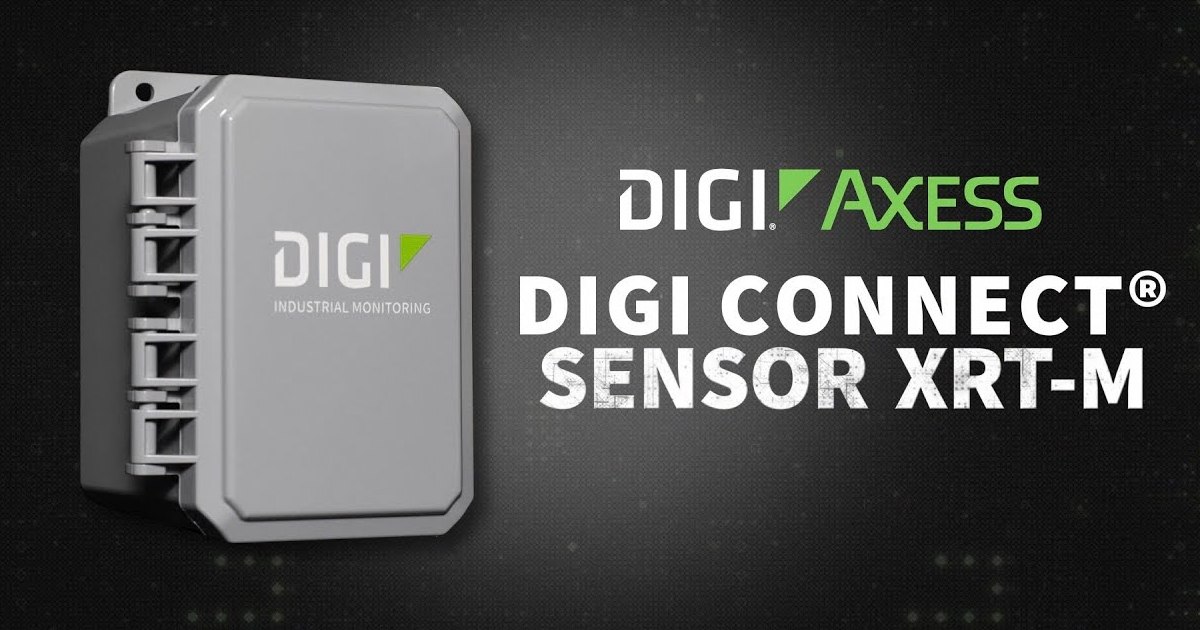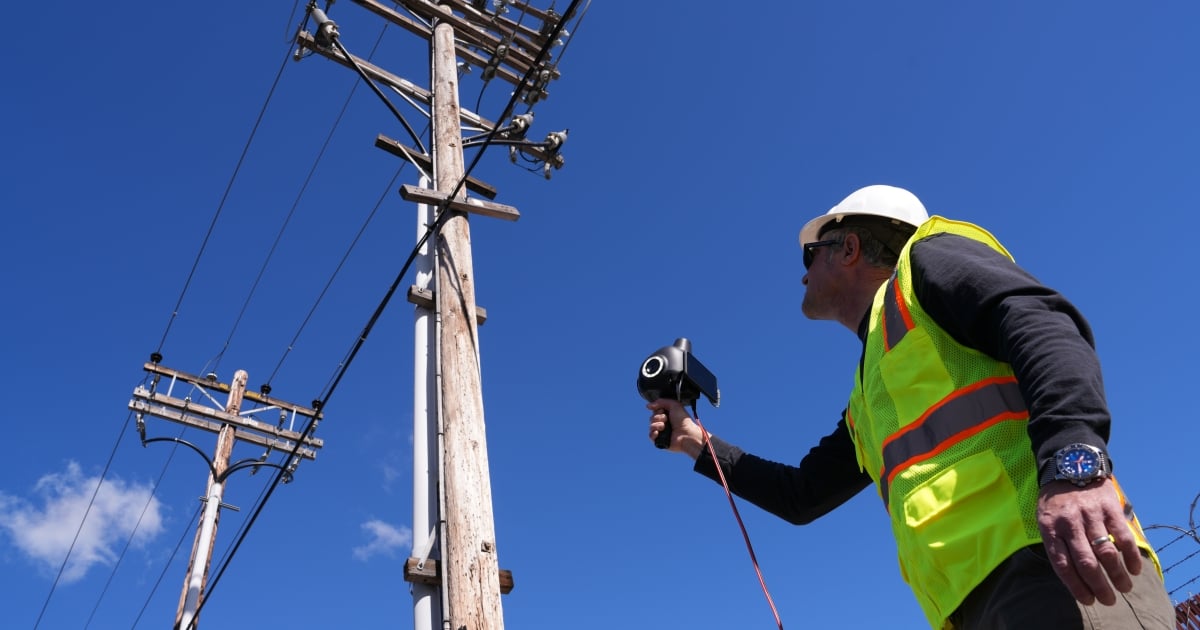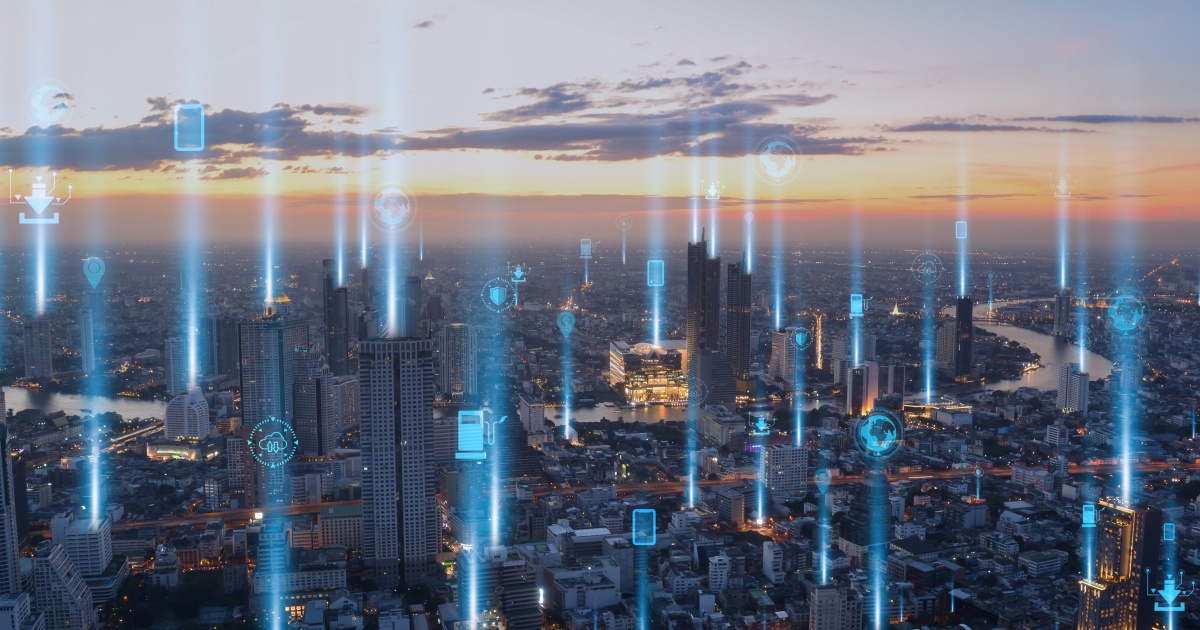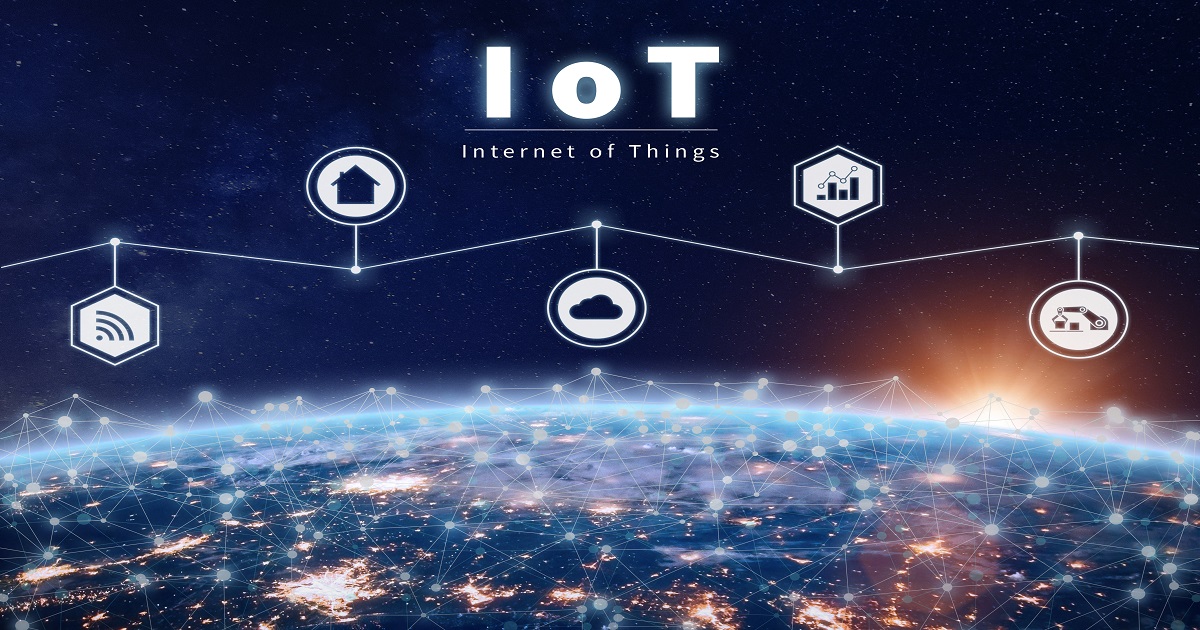IoT Evolution, the leading media brand for the Internet of Things (IoT), has published a book outlining more than 150 of the leading trends in the IoT industry, entitled “IoT Time: Evolving Trends in the Internet of Things.” The book, written by IoT Evolution Editorial Director, Ken Briodagh, seeks to explore the factors that have shaped the recent past of the developing industry and use those to predict the trends that will drive the next period of growth. Each of the trends is explicated and illustrated with a case study or product review that supports each position.
In this weekly series, we’ll be previewing chapters for you to read in the hopes that you’ll like enough to read the whole thing. To do just that, for free, click here. Alternatively, there’s a paperback version available on Amazon for $14.99.
Chapter 15: Energy Efficiency
Trend: Solar IoT
Kyocera Solar Powers Marine Big Data and Ocean IoT
Power is an issue for all IoT supplications, but it doesn’t have to be with a huge thermonuclear generator just a few million miles away. I’m talking about the sun, of course. Getting energy from solar is ideal for IoT, since it’s easy to store, never runs out and can be implanted for an ever-decreasing cost to OEMs.
Kyocera is deploying such solar panels right now, tested specifically for long-term deployment in marine and coastal areas. The company is calling it the Ocean Internet of Things remote data monitoring platform and it’s off the coast of Huntington Beach, California. The NOMAD sea buoy that is hosting the platform was developed by eMarine Systems for the 100-acre Catalina Sea Ranch and is designed to monitor a specific area in the ocean. The buoy is loaded with IoT sensors that transmit a variety of marine data in real-time to the wireless cloud, providing government agencies, the scientific community and research institutions a web-based analysis of the ocean.
“We selected Kyocera’s solar panels because they’re known for long-term reliability and quality,” said Bob Everhard, Sales Manager, eMarine Systems. “Knowing the panels have proven to withstand even the harshest coastal conditions ensures this innovative marine IoT solution will provide uninterrupted transmission of compelling data from the sea without costly and time-consuming maintenance issues.”
The buoy is an aluminum boat 10 feet wide and 20 feet long with equipment and batteries below deck. Four Kyocera 145W solar panels and a vertical axis wind turbine (VAWT) are supported by solar charge controllers and a battery monitor, which network together to provide power for the buoy’s remote monitoring capability. A Sea-Bird MicroCAT sensor on the buoy monitors water temperature, salinity, dissolved oxygen, phytoplankton density and sensor depth. Real-time cameras mounted to the mast provide security for the aquaculture ranch, and the buoy’s internal battery voltage and processor temperature are remotely monitored to help ensure optimal performance. In the future, the buoy will measure pH levels and pings from acoustic tags placed on marine mammals by researchers. It will also feature additional above- and below-water live camera feeds.
“Kyocera has more than 40 years of expertise producing PV solar panels that are widely known for durability and reliability, features that are also present in our ruggedized smartphones and long-life office document equipment,” said Cecilia Aguillon, director, market development, Solar Energy Group, Kyocera International. “Our solar modules are made to withstand harsh conditions in both aquaculture and agriculture environments, to help bring innovative solutions like the NOMAD buoy to life.”
Trend: Smart meters
Trilliant Smart Energy Network Connects 4.2 Million Smart Meters
Trilliant, a smart energy communications provider, has now connected more than four million smart devices in the UK, including gas meters, electric meters and in-home displays. The Trilliant Smart Communications Platform connects consumers’ in-home displays and provides meter data to the retailer, delivering information each can use to manage energy efficiently.
“The milestone effectively demonstrates the benefits that energy retailers and their customers can gain from an investment in advanced metering paired with clear motivation to change energy use patterns,” said Andy White, CEO and president, Trilliant.
Trilliant’s unifying platform allows multiple RF technologies, including 5GHz SecureMesh WAN, 2.4GHz SecureMesh NAN, LTE/GPRS and 2.4GHz RPMA, to communicate across the varied terrain and needs of the retailer's enterprise. The company’s approach represents the energy industry’s only enterprise-wide communications platform based on a secure, standards-based, multi-technology, open spectrum solution. This means that it can manage and monitor today's needs and those of an increasingly interconnected future, bringing a strong ROI to energy suppliers in several ways. It eliminates redundant costs for multiple vendors, redundant infrastructure, and multiple training programs; streamlines management of enterprise communications; enables IT/OT synergies; lays foundation for purpose-built analytics; has greater bandwidth to protect against obsolescence (with growing data load), and simplifies staffing, maintenance, updates, costs; and eliminates potential for incompatibilities of multiple patches.
Trilliant invests a significant percentage of its annual revenues back into digital innovation and has been developing pioneering communications technologies for the British Gas deployment that will continue to evolve with the market. Britain is making itself the global leader in connected and smart home technology, especially with respect to informing the energy infrastructure. The rest of the world would do well to emulate this model.
Trend: Green crowdsourcing
Hackathon Explores Clean Technology
The Tech Valley Center of Gravity (TVCOG) and Workforce Development Institute (WDI) launched the “TVCOG Clean Tech Hackathon” in Troy, New York to create teams of computer programmers, engineers, inventors, scientists and entrepreneurs that will work around the clock to devise clean technology solutions.
“There is a tremendous interest in clean technology solutions, from new power sources and conservation methods, to ways we can improve and preserve our environment,” said Tom Tongue, executive director, the Tech Valley Center of Gravity. “What we're looking to do is pilot the next generation of prototypes and ideas to find creative solutions to problems and market needs.”
A hackathon is an event, during which groups of computer programmers and other tech-oriented people collaborate intensely on projects using software. At this hackathon, there were $5,000 in prizes to the winners who come up with the best solutions in categories including: best advanced buildings solution, best renewable solution, best clean transportation solution, people's choice, and most likely to be commercially successful. The New York State Energy Research and Development Authority (NYSERDA) hosted three previous hackathons in addition to this one.
“Innovative ideas in clean technology are critical to Governor Cuomo’s Reforming the Energy Vision (REV) strategy to build a cleaner, more resilient and affordable energy system for all New Yorkers,” said John B. Rhodes, president and CEO, NYSERDA. “At this event, great minds are coming together to create solutions to New York’s energy challenges, and we look forward to hearing their ideas.”
In this weekly series, we’ll be previewing chapters for you to read in the hopes that you’ll like enough to read the whole thing. To do just that, for free, click here. Alternatively, there’s a paperback version available on Amazon for $14.99.Edited by
Ken Briodagh





